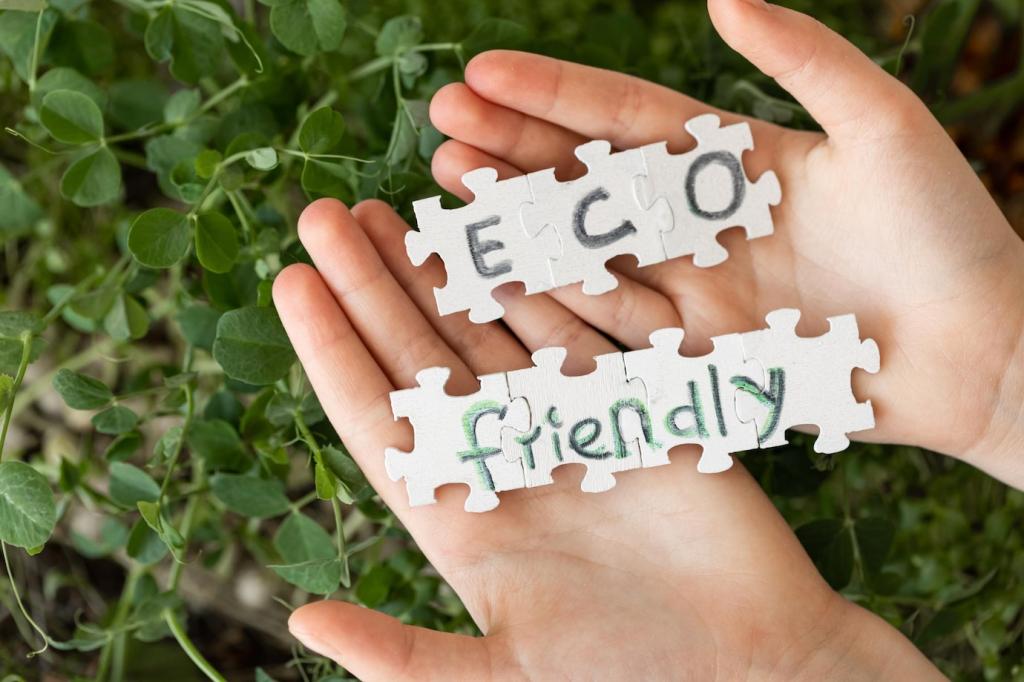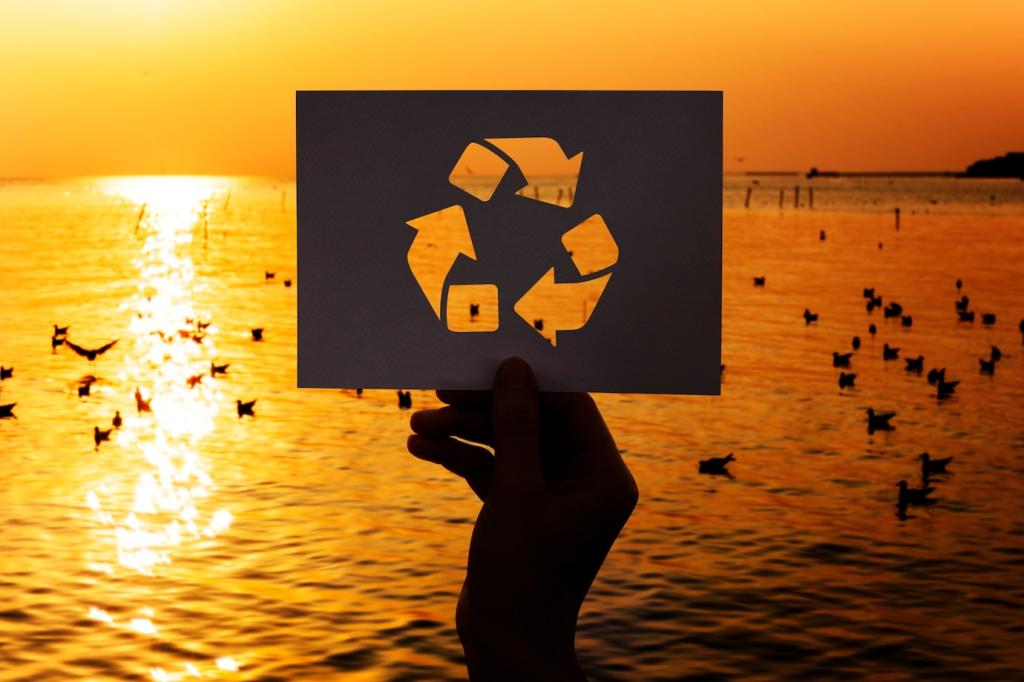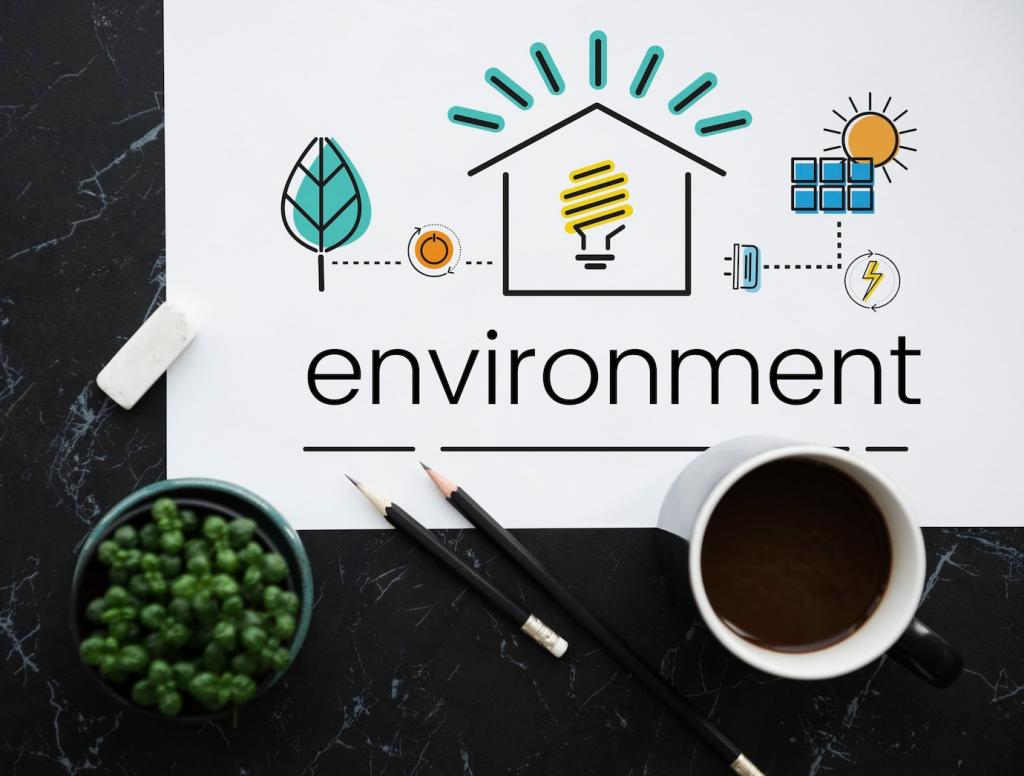Textile Repair and Visible Mending Innovations
Use reclaimed cotton or wool threads to reinforce high-stress zones. Sashiko patterns add strength and a story. Share before-and-after photos so others can adapt these eco-conscious repair techniques to denim, workwear, and backpacks.
Textile Repair and Visible Mending Innovations
Patch with offcuts and plant-dyed fabrics using sturdy, reversible stitches. Natural mordants reduce toxicity. Tell us which fibers hold up best in elbows and knees, and subscribe for upcoming dye recipes and care recommendations.
Textile Repair and Visible Mending Innovations
Restore smart textiles by bridging broken traces with conductive thread, then strain-relieve flex points. Document resistance changes over time. Share your continuity-testing tips to strengthen eco-conscious repair techniques for e-textiles and heated garments.




